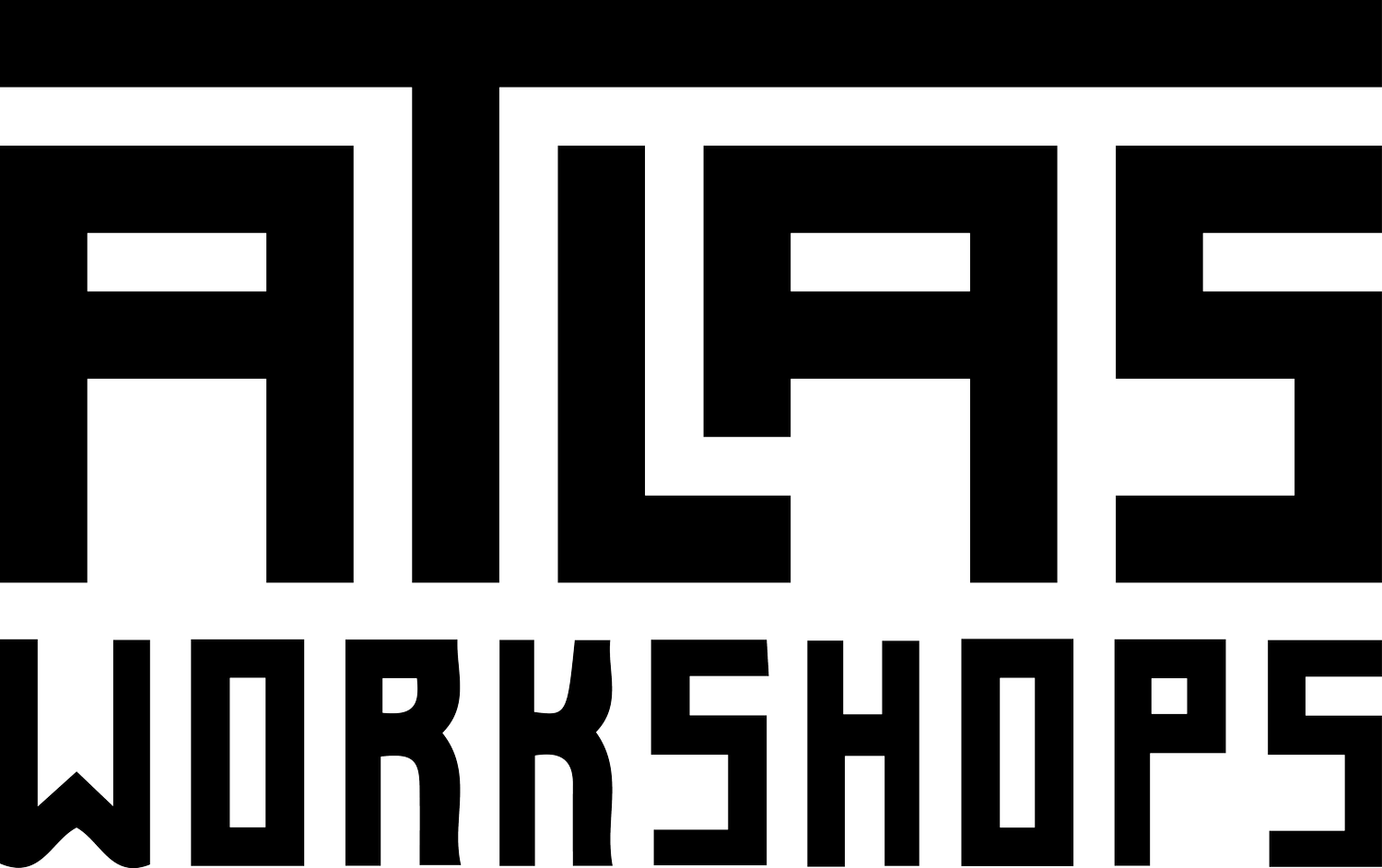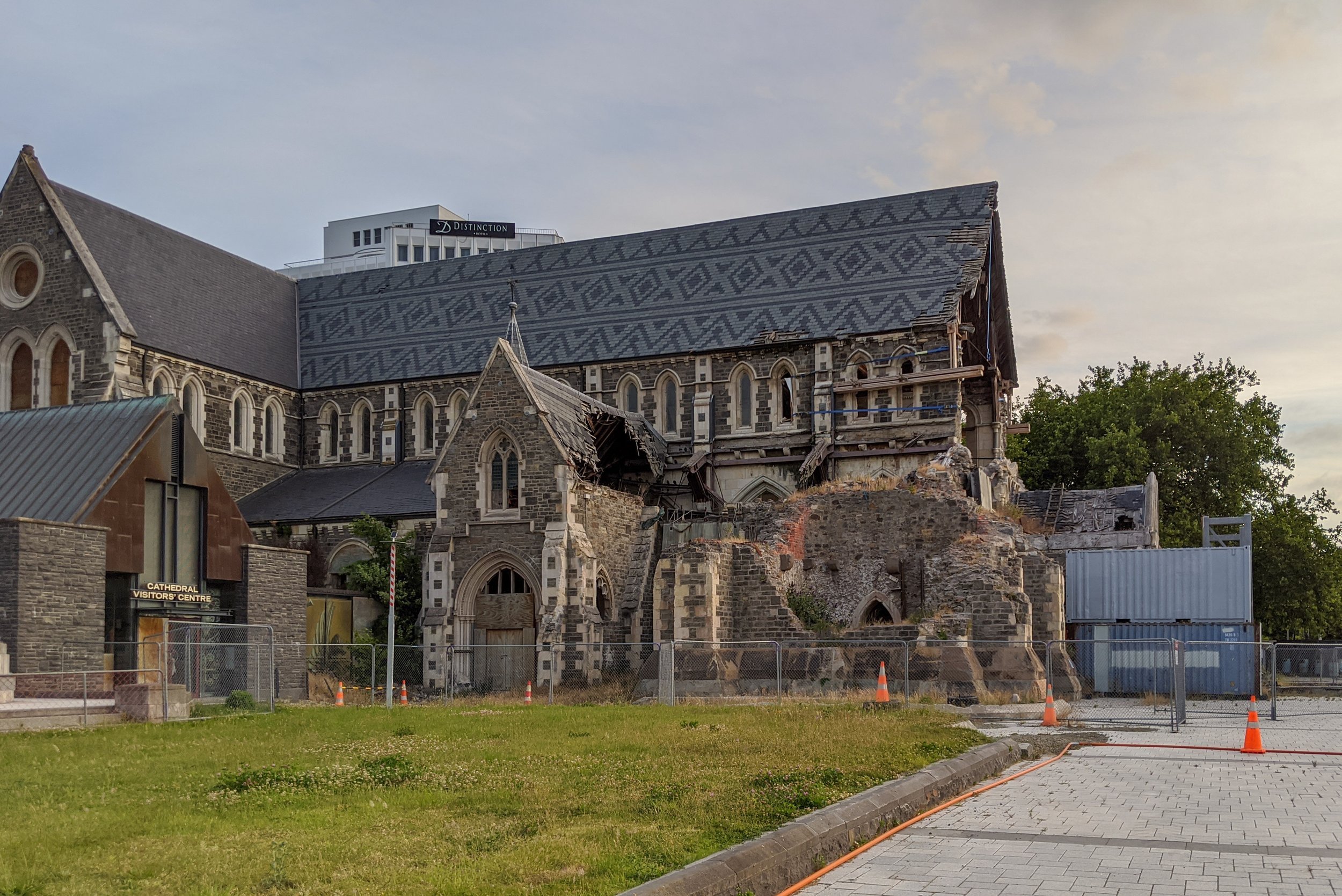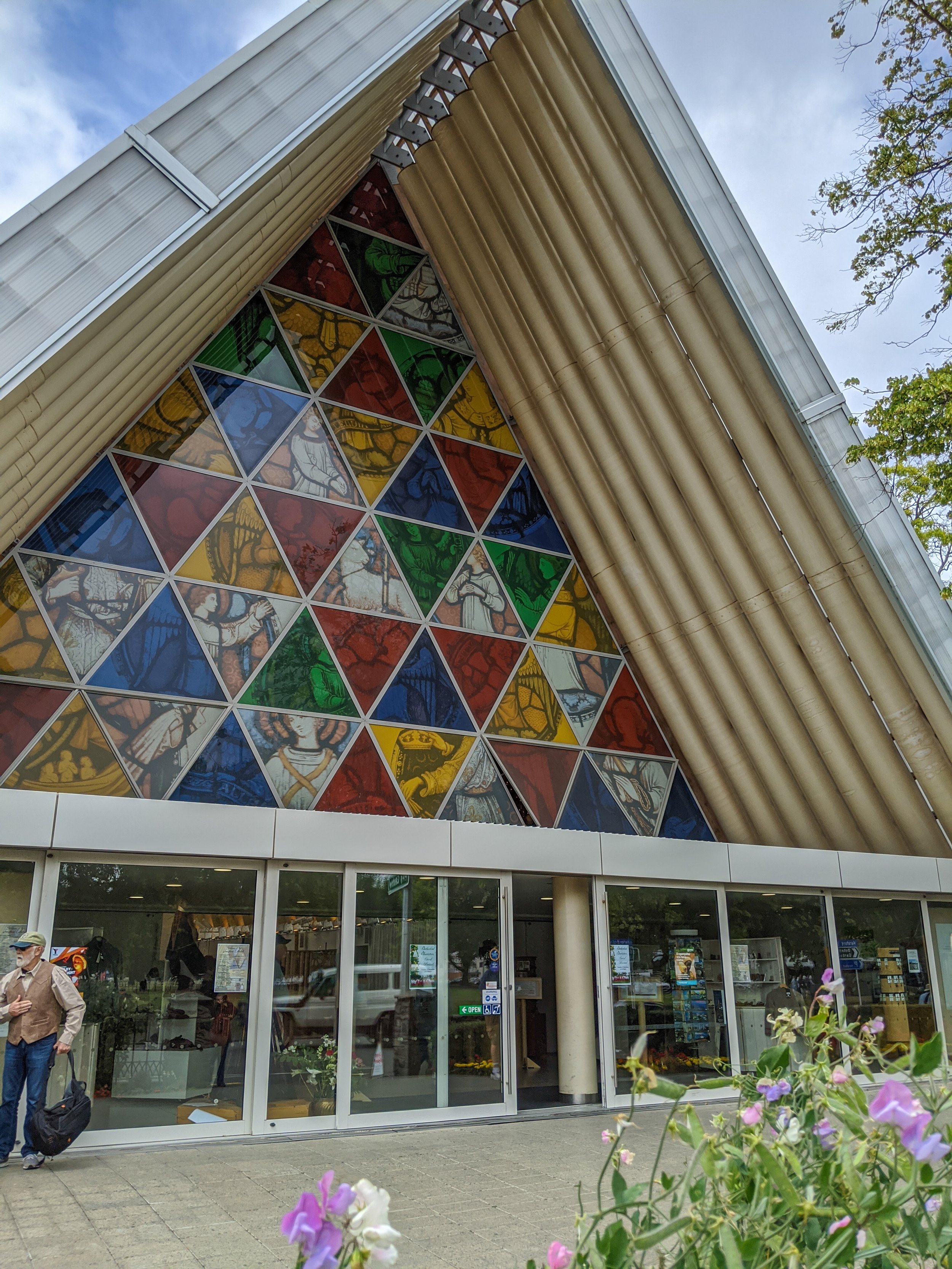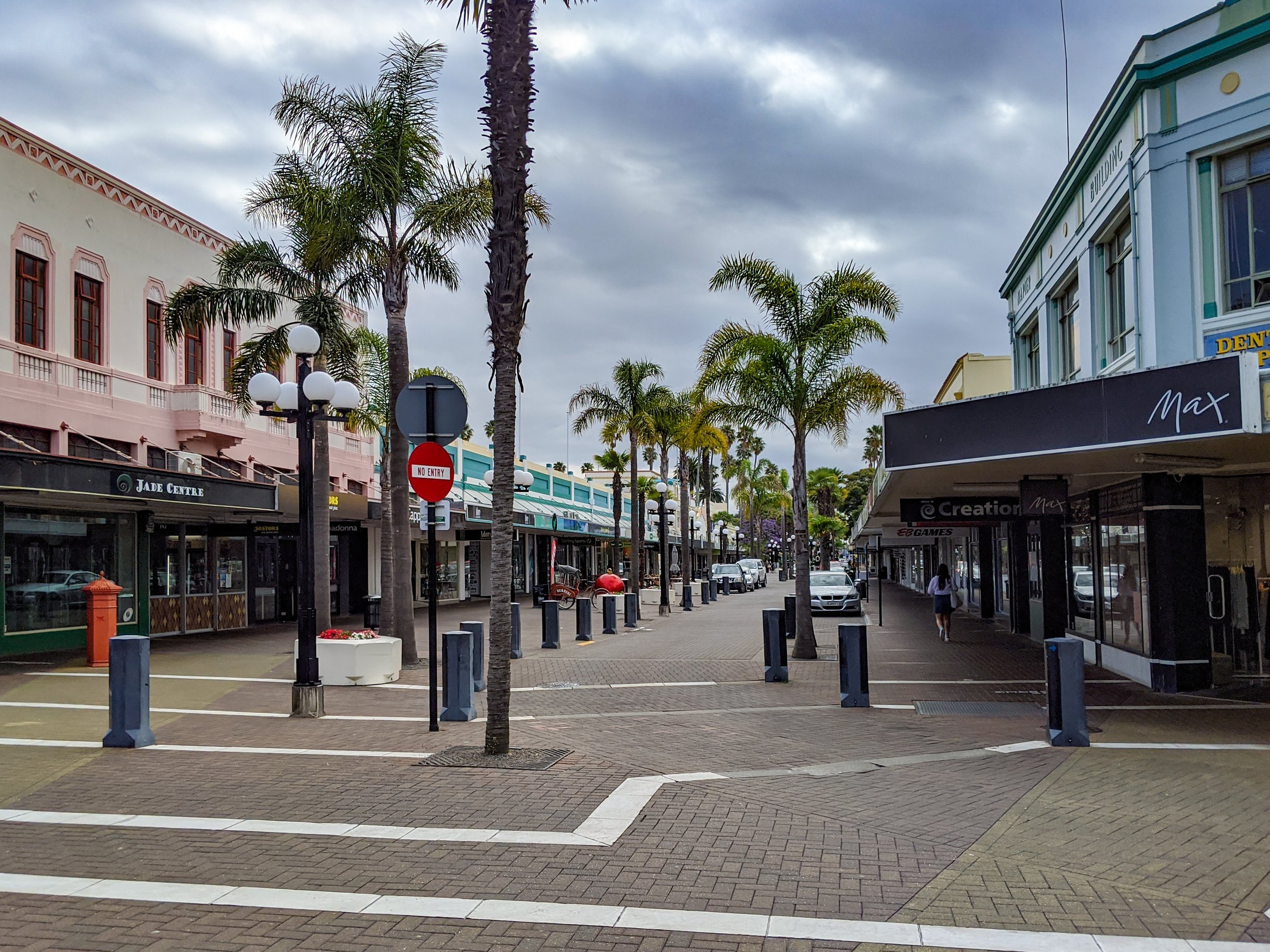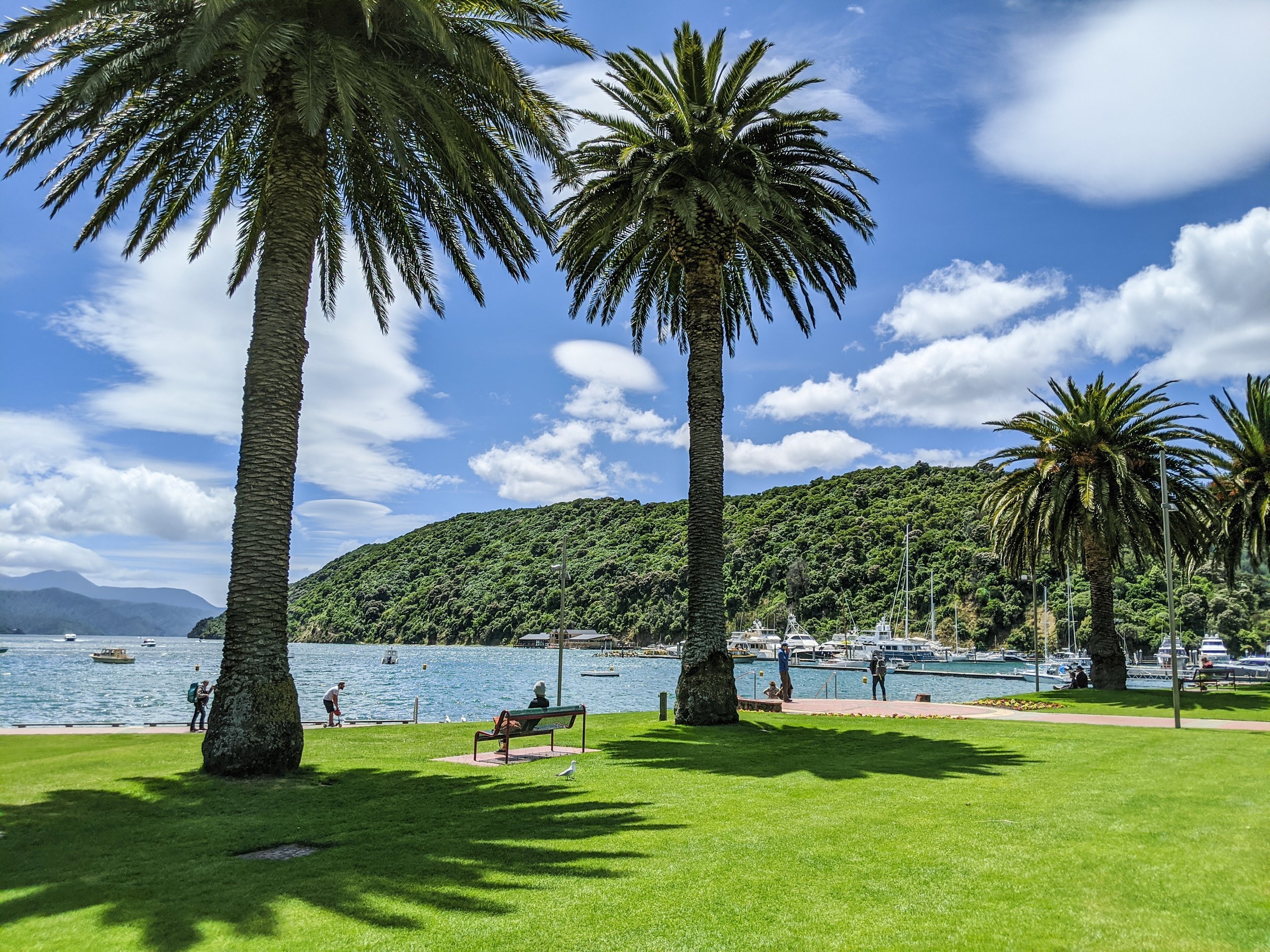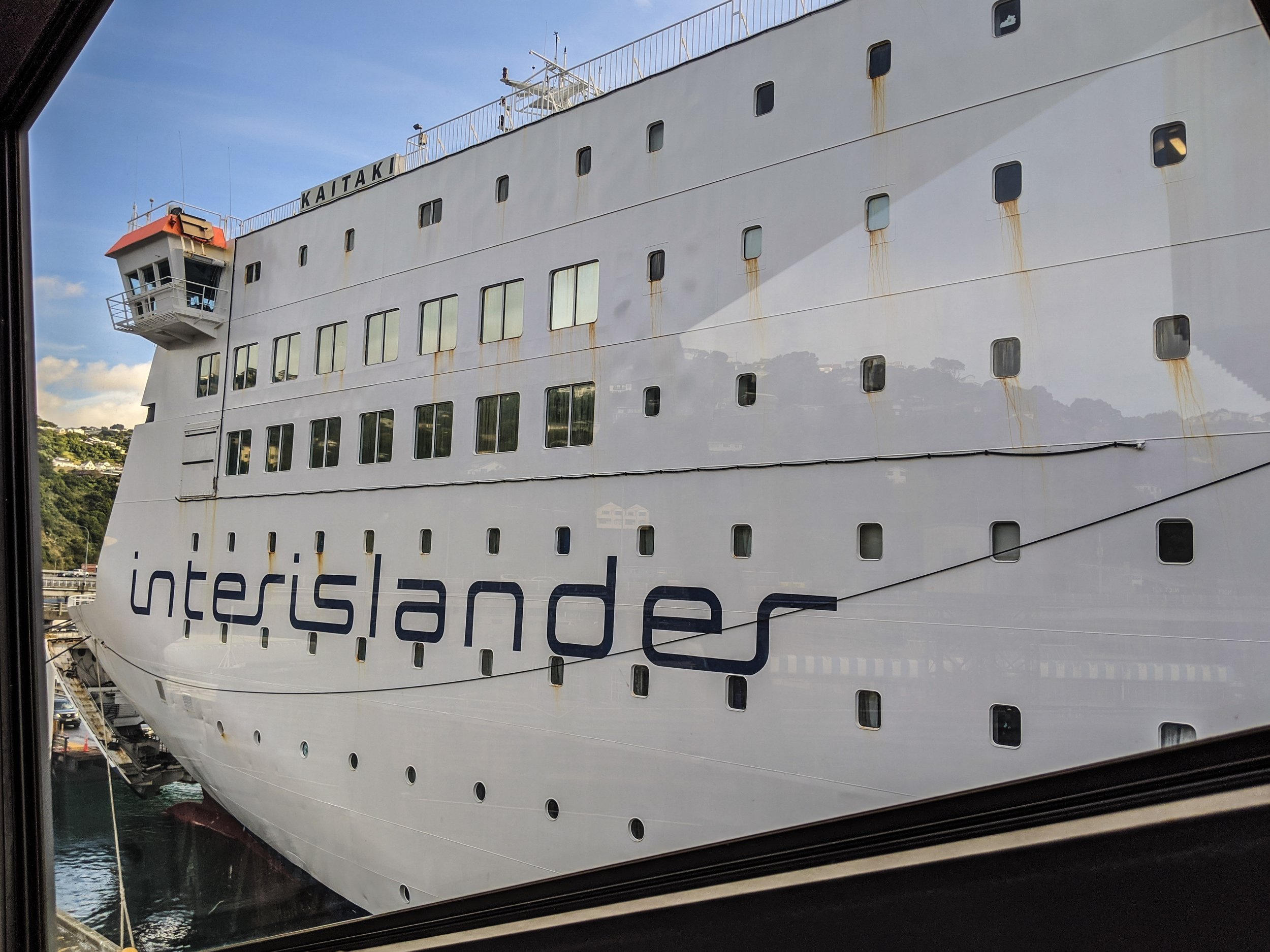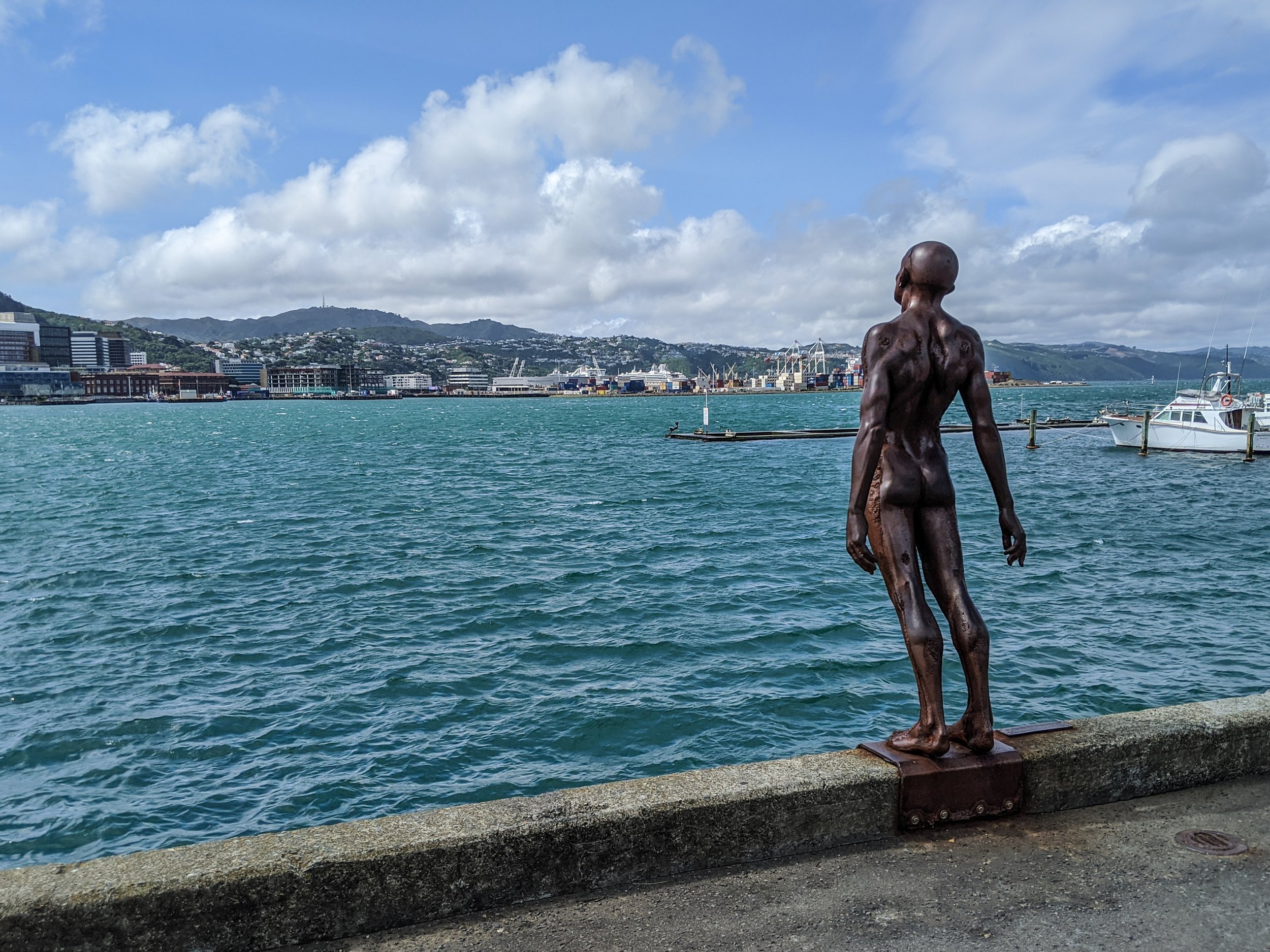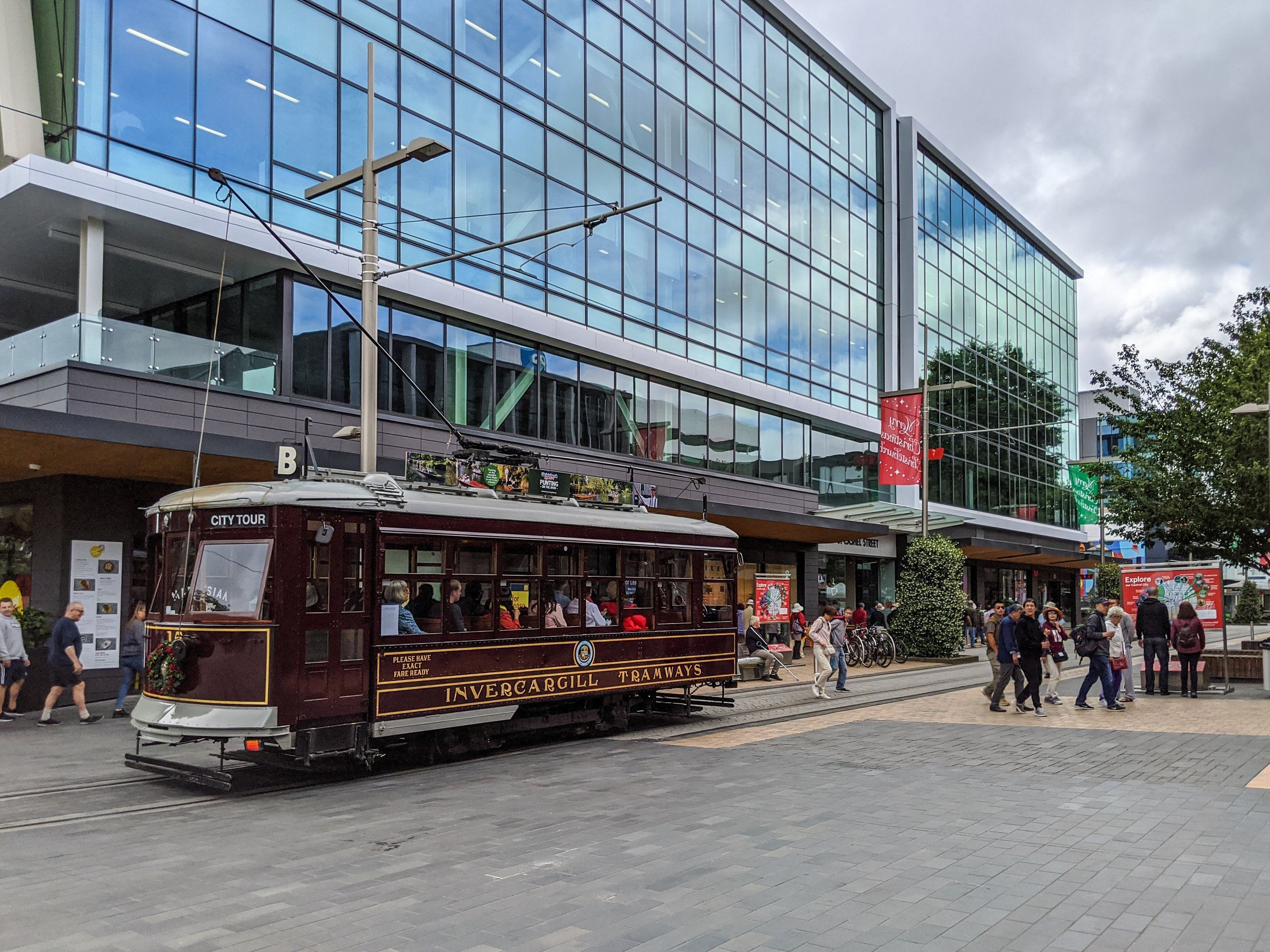Engineering Resilience
How might we engineer more resilient cities for the future?
Why New Zealand?
When a massive earthquake and aftershock struck Christchurch in 2011, the city was decimated. But the destruction became a wake-up call. Today, the city is deep in the rebuilding process, and the entire country is preparing for future disasters through aggressive policy, engineering, and retrofitting.
New Zealand offers a prime example of how a country with a serious seismic risk is planning for the future. From government action to scientific and engineering advancements, on this program we will explore how a progressive approach to public investment can lead to next-generation infrastructure. How can we adapt cities around the world to better prepare for earthquakes and other natural disasters? How might New Zealand’s engineered resilience be replicated in other regions of the world?
Insights + Projects
On every Atlas Workshops program, the group works on an inquiry with real-world implications. Through intentional exploration, engagement with locals and experts, and team activities, students generate new insights and ideas about the topics, places, and global issues they’re investigating.
For some groups, the program incorporates a more extensive project—an opportunity to apply our learning and stretch our creative thinking by making something tangible or public.
We work to share the ideas and inspiration we find in the world, with the world, through collaborative initiatives and student expression. We can also work with you to develop a custom project or publish students’ insights via exhibition, photography, digital or print media, or other format.
Suggested Itinerary
Students will investigate the project question by getting to know New Zealand as a place, along with the people who live there, tinkering with ideas together to apply what they are learning, and sharing reflections, insights, and aha moments with others.
Engineering for the Future: 1-4 Nights
Wellington, NZ (+ An Optional Napier Overnight)
Our program opens with a short visit and introduction to New Zealand's capital and one of the world's most livable cities: Wellington. In Wellington we will learn about the history and context of the country, and see how the city is already preemptively preparing for a future earthquake.
While in Wellington we may also take an overnight trip to Napier. This city was destroyed by an earthquake nearly a century ago and entirely rebuilt at the peak of Art Deco style.
New Zealand’s Countryside: 0-3 Nights
Marlborough Region, NZ
We will cross to the South Island via ferry and stop for lunch (or a few nights) in the Marlborough region before we continue onto Christchurch. This break in the middle of the program will give us a chance to explore some of the natural areas of the country, see some of the infrastructure repairs following the earthquake, and connect to other elements of the country’s history.
Rebuilding after a Disaster: (2-7 nights)
Christchurch, NZ
We will spend the end of the program in the city of Christchurch. This is the largest city on New Zealand’s South Island, but it is still undergoing massive rebuilding efforts after a series of catastrophic earthquakes struck the country in 2010/11.
In Christchurch we will follow the story of the earthquakes at the Quake City Museum, and explore the downtown parks, riverways, and urban playgrounds, many created in response to the disaster, to get a sense for the city today.
Over the following days we will continue getting to know the area on foot, bike, and public transit, and look for examples of adaptation and rebuilding on a variety of levels. We’ll see some of the new temporary and permanent engineering behind the city’s recovery, and learn from experts about how a city can be rebuilt and re-engineered for the future.
Want to Learn More?
Custom Programs and Modifications
We have designed this itinerary to maximize the value and breadth of our project and program. We can modify any program, or we can plan an entirely custom program. This itinerary could be adapted to focus on more specific learning outcomes, visit different regions, hit a different price point, combine with another program, or cover a longer or shorter schedule based on the group’s needs.
Continue Browsing
You can also check out other programs, request a custom program, or explore other related programs here:
